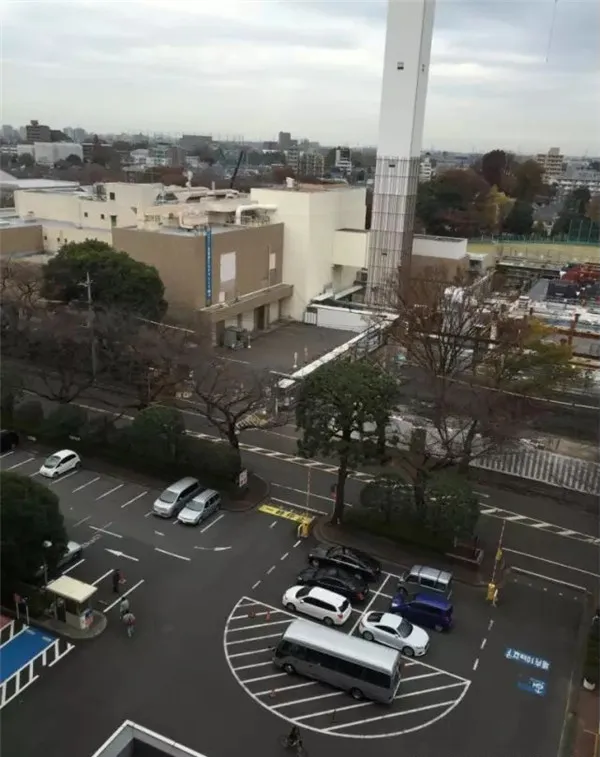The world's largest project has landed! Why has sludge incineration become the mainstream disposal process in China?
Since 2010, China has begun to attach importance to the disposal of municipal sludge. After more than a decade of development, sludge disposal technology has gradually transformed from a "hundred flowers blooming" to a "unique branch". The main technological route has gradually shifted from "sludge composting, anaerobic digestion + land use" to "drying, reduction + Collaborative incineration, and individual incineration".
According to rough estimates, there are over 40 sludge incineration projects in China, of which more than 50% have been launched or put into operation since 2020, and the daily processing capacity of a single project can range from several hundred tons to several thousand tons. For example, the Dongguan sludge incineration project has a designed disposal capacity of 2000 tons/day (60% moisture content) in the first phase, with a total project scale of 5400 tons/day based on 80% moisture content. The first phase has a scale of 4000 tons/day, making it the largest sludge incineration project in the world. In addition, large-scale sludge incineration projects have also been constructed in Shanghai, Shenzhen, Nanjing, Changzhou, Chengdu, Qingdao, Tianjin and other places. In fact, after dehydration and drying, sludge is sent to waste incineration plants, coal-fired power plants, and cement plants for collaborative incineration treatment, which has become an important disposal or emergency response method in major cities.
However, sludge incineration also has its inherent shortcomings. For example, incineration may produce dioxins, which are carcinogenic and toxic, and are difficult to naturally degrade and eliminate in the environment. Therefore, whether it is garbage incineration or sludge incineration, they all face serious "avoidance effects", and residents often "turn pale" when they hear the burning, including developed countries that have also experienced such problems. The government has also gone to great lengths to solve this problem. For example, the Musashino Garbage Incineration Plant in Tokyo, Japan, was ultimately located across the street from the city government due to public pressure.
▼ Musashino Garbage Incineration Plant in Tokyo, Japan

Sludge incineration is not a technology without no harms. On the contrary, the controversy surrounding sludge incineration is significant, with issues such as dioxins in flue gas, heavy metals in incineration ash, high energy consumption, equipment safety, high investment, high operating costs, and difficulty in operation, all of which have not been fully resolved. These are the main reasons that have long limited the development of sludge incineration technology. Moreover, the current sludge incineration technology also has various problems such as uneven levels, uneven construction grades and quality, and significant differences between design and actual treatment capabilities. Centralized sludge incineration plants receive sludge from different water plants, but there are also problems such as different sludge quality, high or low moisture content, and uneven calorific value, which pose great challenges to the operation of sludge incineration plants.
It can be certain that with the accumulation of technology, domestic sludge incineration technology will become more mature, and investment costs will be further reduced.
